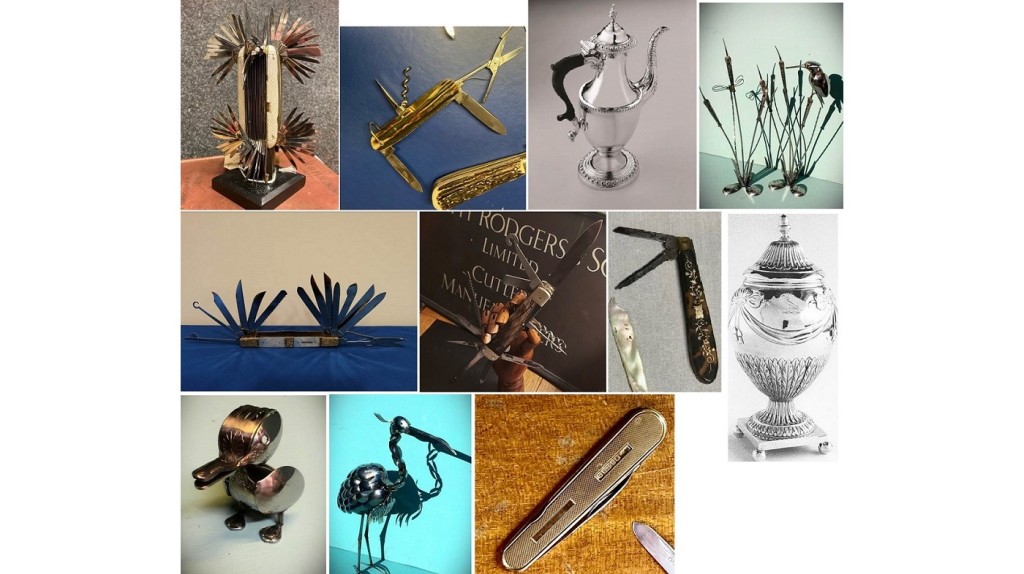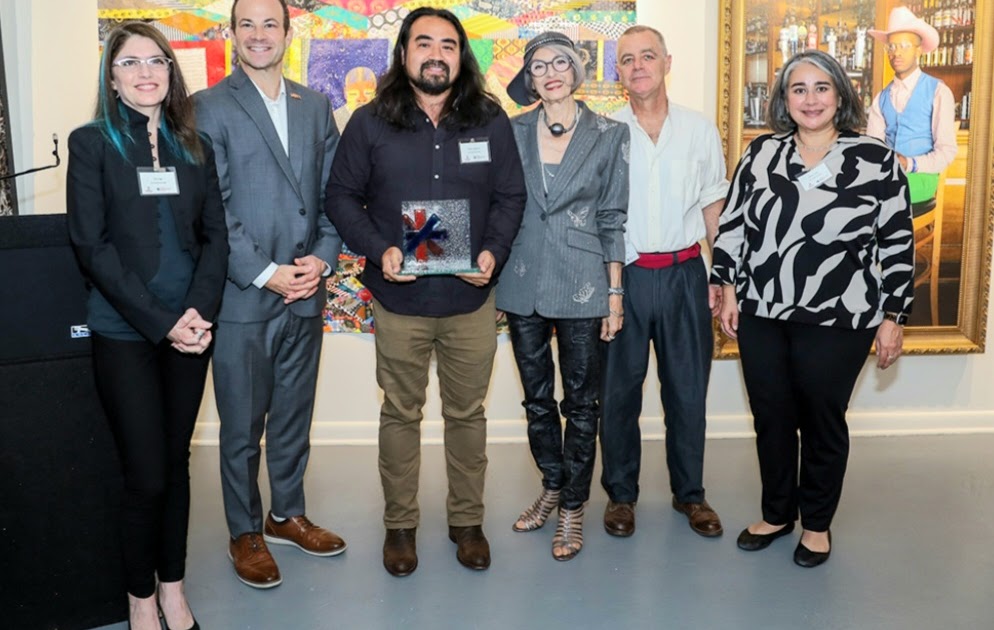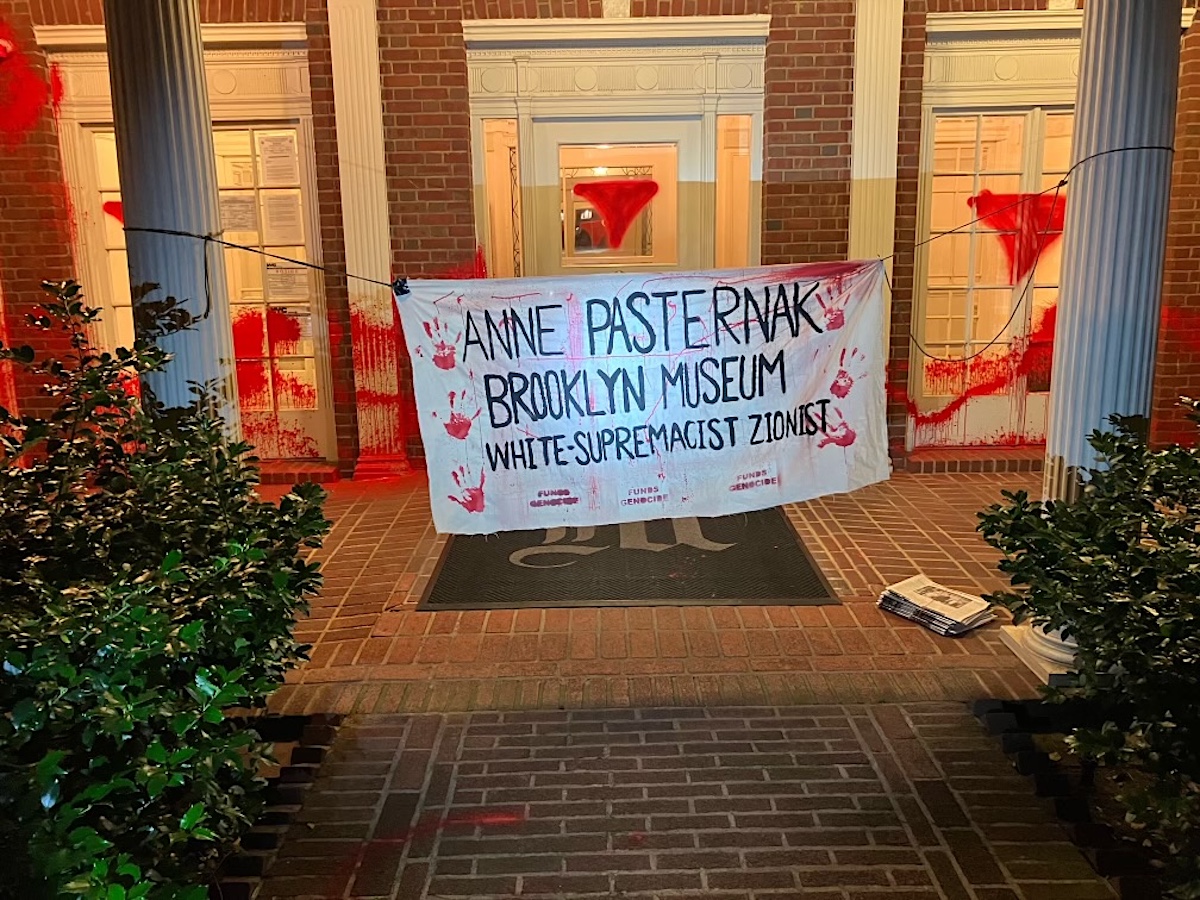By Everette Taylor, CEO, Kickstarter
Introduction
In the aftermath of the global pandemic, and with artificial intelligence (AI) rapidly changing the production of creative work, the arts and cultural sector finds itself at a significant inflection point. The challenges of the past few years have underscored the need for resilience and adaptability, while also highlighting opportunities for growth and transformation. Drawing on insights from the 2022 Survey of Public Participation in the Arts (SPPA), and leveraging our extensive experience at Kickstarter, this article advances three pivotal recommendations designed to rejuvenate and reshape the landscape of arts and culture. By examining these recommendations through the lens of Kickstarter’s role in the arts community, we aim to offer a nuanced perspective on how to navigate the post-pandemic era, making the arts more accessible, interconnected, and inclusive.
Kickstarter’s Perspective on Arts and Culture
Fifteen years ago, the launch of Kickstarter revolutionized the way creative projects get funded, providing a platform where artists and cultural practitioners can connect directly with audiences and patrons to make work that traditional funding models wouldn’t support. This model has democratized arts funding, allowing a diverse array of projects to flourish with broad cultural impact. These projects range from globally renowned artists like Ai Weiwei, who funded an exhibition at the Royal Academy, and De La Soul, who funded their first independent album, to emerging artists, whose work has sometimes gone on to shape culture more broadly, such as Phoebe Waller-Bridge’s Fleabag and Matthew Cherry’s Oscar winning Hair Love. In total, we’ve helped fund more than 250,000 creative projects with more than eight billion in total funding. Our journey has afforded us a unique vantage point from which to observe the evolving dynamics of arts participation and support. As we emerge from the pandemic, it’s clear that the arts sector must adapt to the changing needs and behaviors of the public, embracing flexibility and innovation to thrive.
Recommendation 1: Make Arts Funding More Accessible
The 2022 SPPA revealed an inspiring insight: a significant portion of the population engages in artistic creation. This widespread interest in the arts suggests a latent potential that is not fully tapped by current funding mechanisms. Traditional arts funding often favors established artists and large-scale projects, leaving emerging artists and smaller initiatives struggling to find support. To address this imbalance, we advocate for a more inclusive approach to arts funding.
One way to achieve this is by diversifying the types of grants available, offering smaller, more numerous awards that can support a wider range of projects. This approach not only lowers the barrier to entry for emerging artists but also encourages experimentation and innovation within the arts. Furthermore, simplifying the application process and offering guidance and resources to applicants can demystify the funding landscape, making it more navigable for artists at all stages of their careers. To achieve this, there need to be better mechanisms for deploying funding at scale with minimal transaction costs. At Kickstarter, we recently developed a program called Forward Funds to work with arts funders looking to deploy capital in this manner. Two years ago, we partnered with the Skoll Foundation, Mellon Foundation, and Creative Capital to launch a $700,000 fund to support creators who identify as Black, Indigenous, or a Person of Color (BIPOC). That fund has supported over 600 creators, helping them raise $11.7 million on Kickstarter. In recent research, still unpublished, Kickstarter creators report earning $5.15 in additional revenue from each dollar raised on Kickstarter. That places the total estimated economic impact of the $700,000 fund at close to $70,000,000, a 100x return on that cultural investment. We would love to see more programs like this, on and off Kickstarter, making use of smaller and more accessible grants, which, when deployed in the right way, can have a tremendous impact in a society that engages in a high degree of artistic creation.
Recommendation 2: Strengthen Community Among Art Makers
The survey also highlighted a disconnect between art creation and art consumption. With more people engaging in artmaking than attending in-person events, there’s a clear opportunity to bridge this gap by fostering stronger communities among artists and creators.
Build Networks and Platforms
In the aftermath of the pandemic, people are striving to reconnect and rebuild community. Creating spaces, both physical and virtual, where a broad range artists can share their work, exchange ideas, and collaborate can significantly enhance the vibrancy of the arts ecosystem. Online platforms can facilitate connections across geographical boundaries, while local workshops, meetups, and collaborative spaces can strengthen local arts communities. These networks not only support individual artists but also cultivate a broader audience for the arts, as engaged creators are likely to be enthusiastic patrons. We can see this online on platforms like Soundcloud and DeviantArt where community members play the roles of both creator and audience, supporting each other’s work and inspiring one another as well.
Encouraging Collaboration and Cross-Pollination
Encouraging collaboration between artists from different disciplines can lead to innovative projects that draw in wider audiences. Funding initiatives specifically aimed at collaborative and interdisciplinary projects can stimulate creativity and showcase the diversity of artistic expression. This is particularly important in a society that feels increasingly fractured and as artificial intelligence upends many forms of traditional artmaking. By promoting cross-pollination within the arts, we can create a more dynamic, resilient, and inclusive cultural landscape.
Recommendation 3: Expand Our Understanding of Art Making and Participation
The final recommendation addresses the need to broaden our conception of what constitutes art and who is considered an artist. The pandemic has accelerated the adoption of digital platforms and non-traditional mediums, challenging conventional boundaries and categories within the arts. Many of our concepts of what constitutes artistic expression need to be updated.
Inclusive Definitions of Art
What gets defined as “art” often reflects a very specific perspective in our culture. Expanding our definitions of art and participation to include nontraditional and emerging forms ensures that a broader spectrum of creative expression is valued and supported. This inclusivity not only reflects the evolving nature of art in the digital age; it also acknowledges the diverse ways in which people engage with and contribute to the arts. For example, at Kickstarter we’ve seen an explosion in independently designed tabletop board games over the last decade, funding over 5,700 projects last year alone. These games are highly expressive, with imaginative storytelling, morality principles, and illustrations. Games have not been traditionally seen as an artistic medium, but both video and tabletop board games involve a great deal of artistic components and are not simply entertainment vehicles. Their exclusion from consideration of art neglects incredible work that’s been created in the space, such as That Dragon Cancer, a heartbreaking videogame about losing a young child to cancer, and Wingspan, a beautifully illustrated and celebrated game about building nature reserves for birds. Roleplaying games, like Dungeons & Dragons, are essentially improvised structured plays that can lead people to play a single character in a performance that can develop over the course of years. It may not be surprising then that we saw one group of actors take their popular livestream of playing a roleplaying game and raise $12 million on Kickstarter to turn it into an animated show that’s now on Amazon.
Recognizing Emerging Forms of Genuine Creative Expression
From digital art and virtual performances to consumer product art projects and social media-based collaborations, new forms of creative expression are flourishing. Recognizing and supporting these forms of emerging media is crucial for a vibrant arts ecosystem. This includes adapting funding criteria, showcasing diverse forms of art in public programs, and celebrating innovation in the arts.
Artificial intelligence will complicate the work of all arts institutions as we face a new world of creative expression, but it’s important that we remain focused on supporting genuine creative expression. We are rapidly hurtling towards a world where AI-generated art, music, and video will be expertly and infinitely crafted to entertain us. How can a musician, releasing an album perhaps once a year, hope to compete with an AI capable of generating boundless, personalized music tailored to every listener’s unique tastes and moods? For consumers of creative work, this threatens to replace genuine human connection—the very essence of art—with a mere facsimile, ultimately tethering us to no one but ourselves. For artists, the consequences could be catastrophic, as they risk losing both the ability to find support for their creative practices and the opportunity to forge meaningful connections with audiences receptive to their self-expression. We will see new creative expressions emerge in this era, and we will see old creative expressions become threatened. Ultimately, it is the purpose of those of us in the arts to support human expression and connection, and we must remain open to all the forms that can take while recognizing the threats to those values.
Conclusion
As we navigate the post-pandemic world and the emergence of AI, the arts and cultural sector stands at a threshold of potential transformation. The recommendations outlined in this article—making arts funding more accessible, strengthening community among art makers, and expanding our understanding of art making and participation—offer a roadmap for a more inclusive, interconnected, and vibrant arts ecosystem. Drawing on the insights from the 2022 SPPA and our experience at Kickstarter, we believe that these strategies can catalyze positive change, fostering a thriving arts culture that is resilient, diverse, and reflective of our collective humanity. We face increasingly chaotic times where art and human expression can provide a bridge to connection and understanding in society. By expanding and adapting to the full breadth of creative expression in our society, we can ensure that the arts continue to inspire, challenge, and unite us in the critical years to come.



